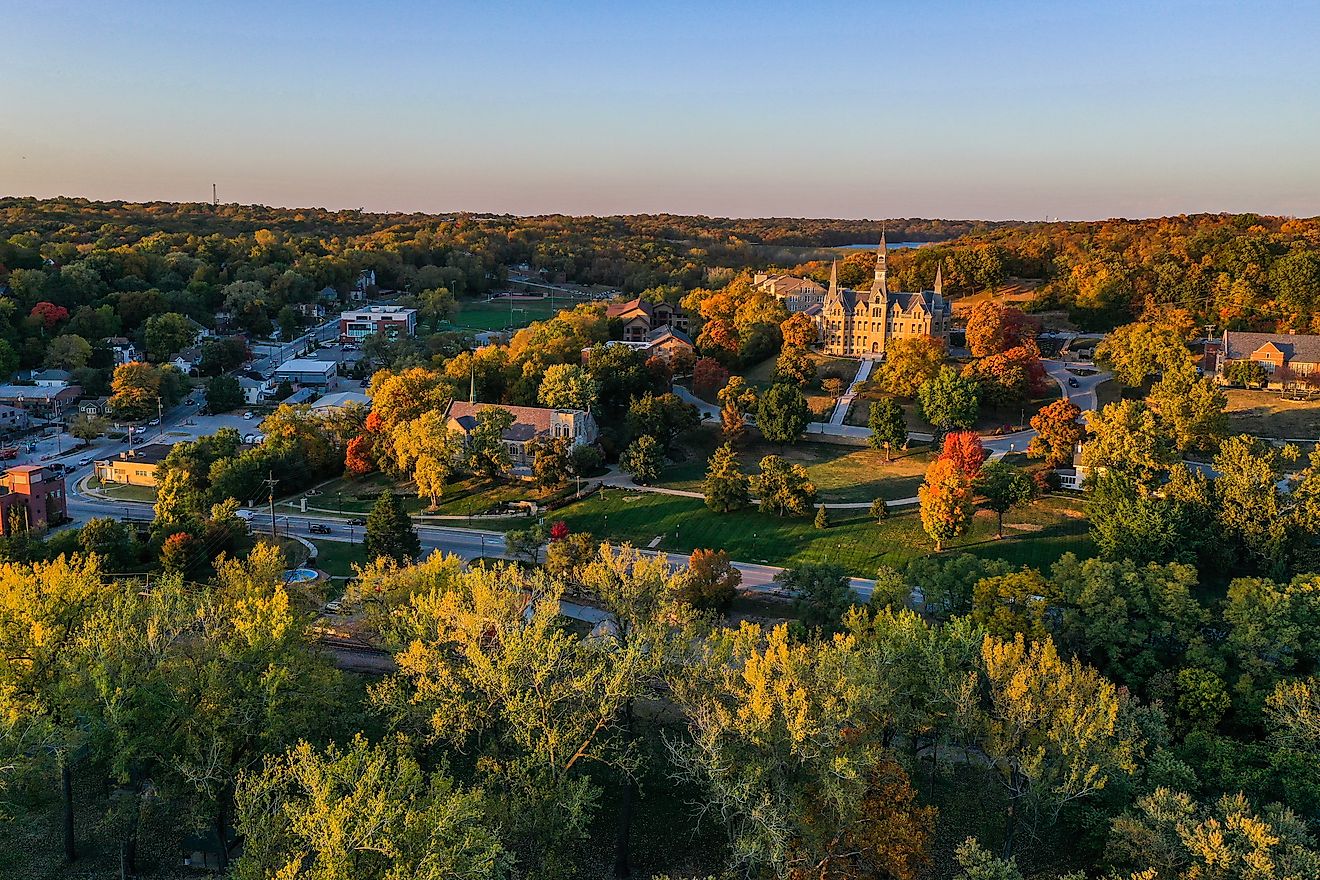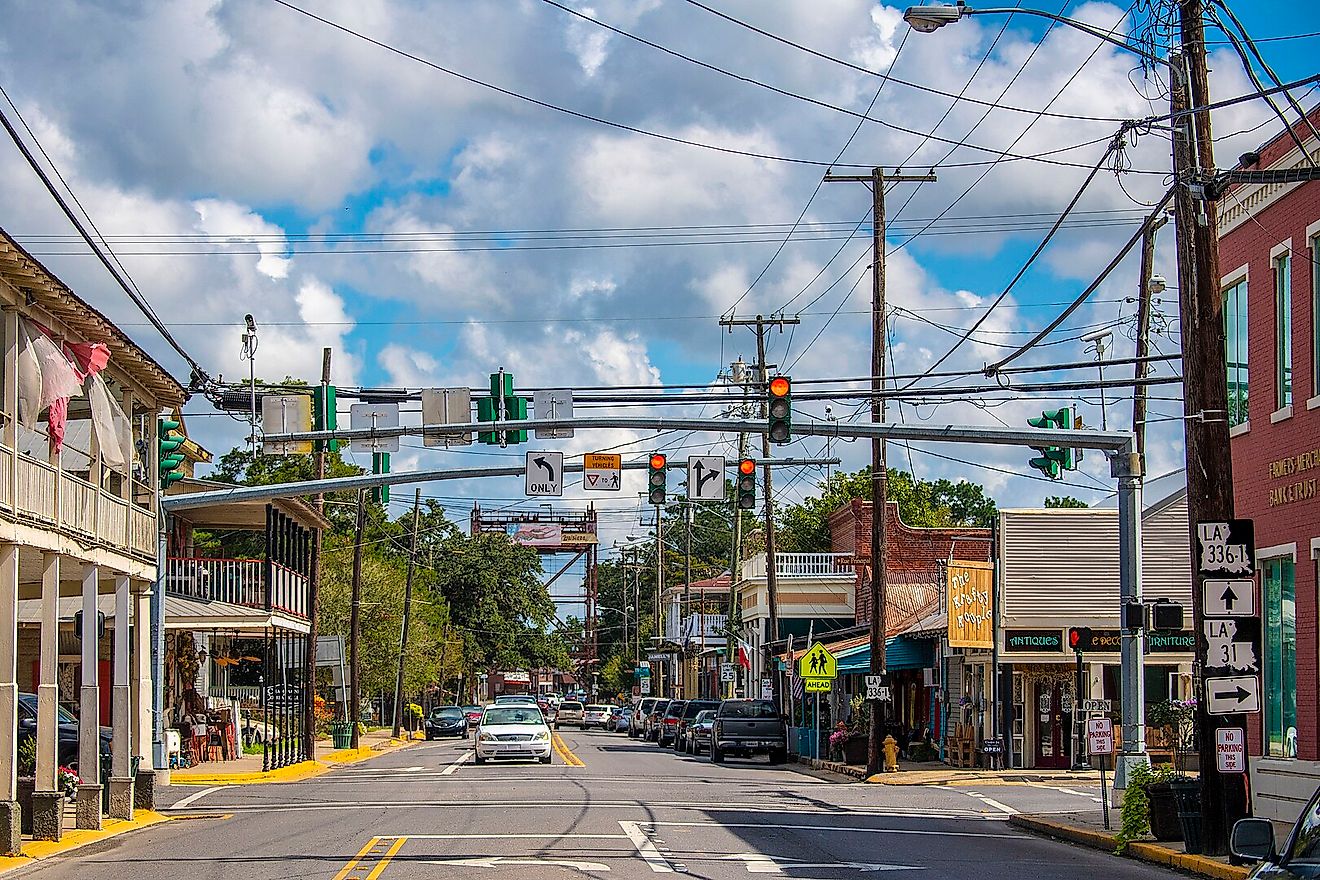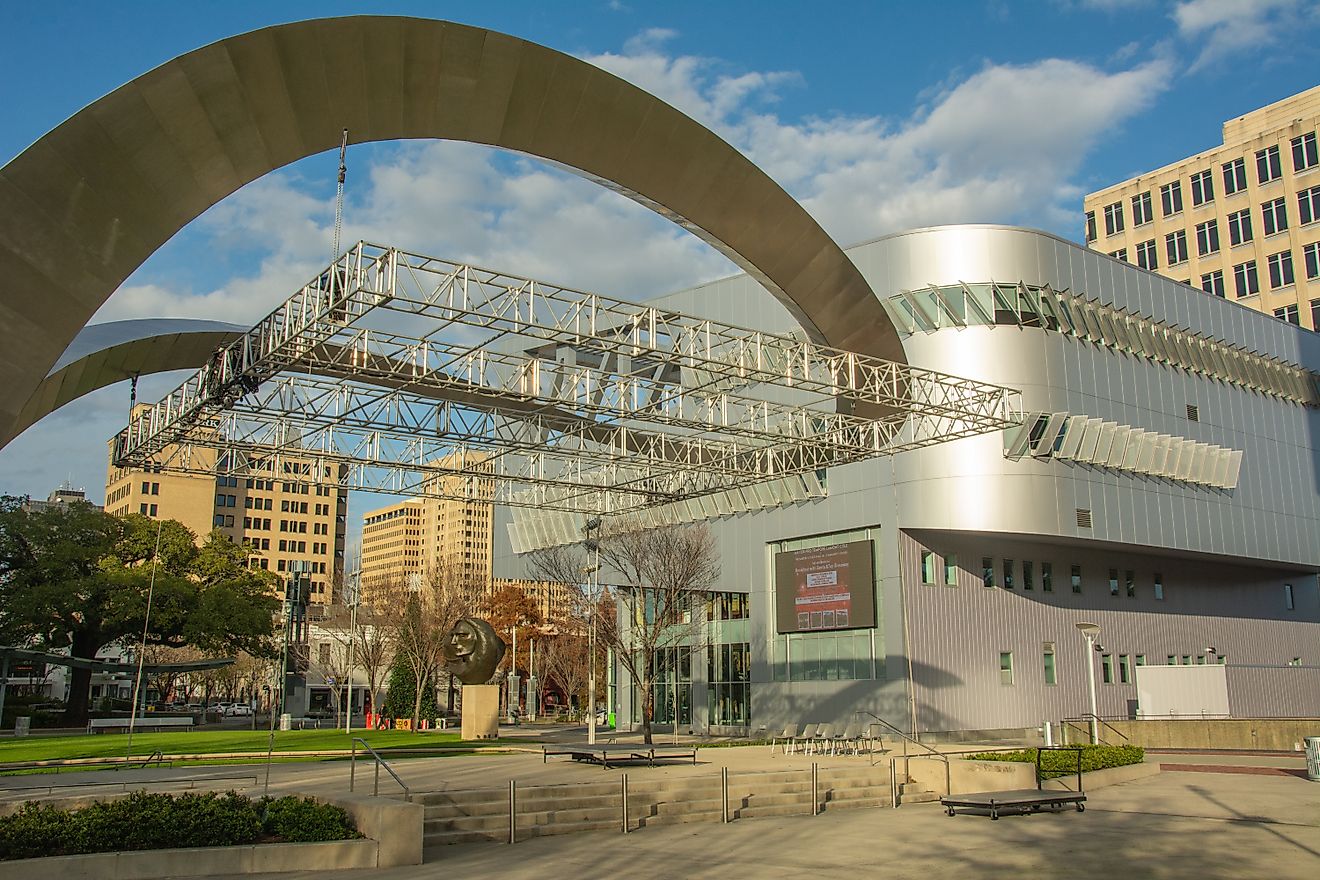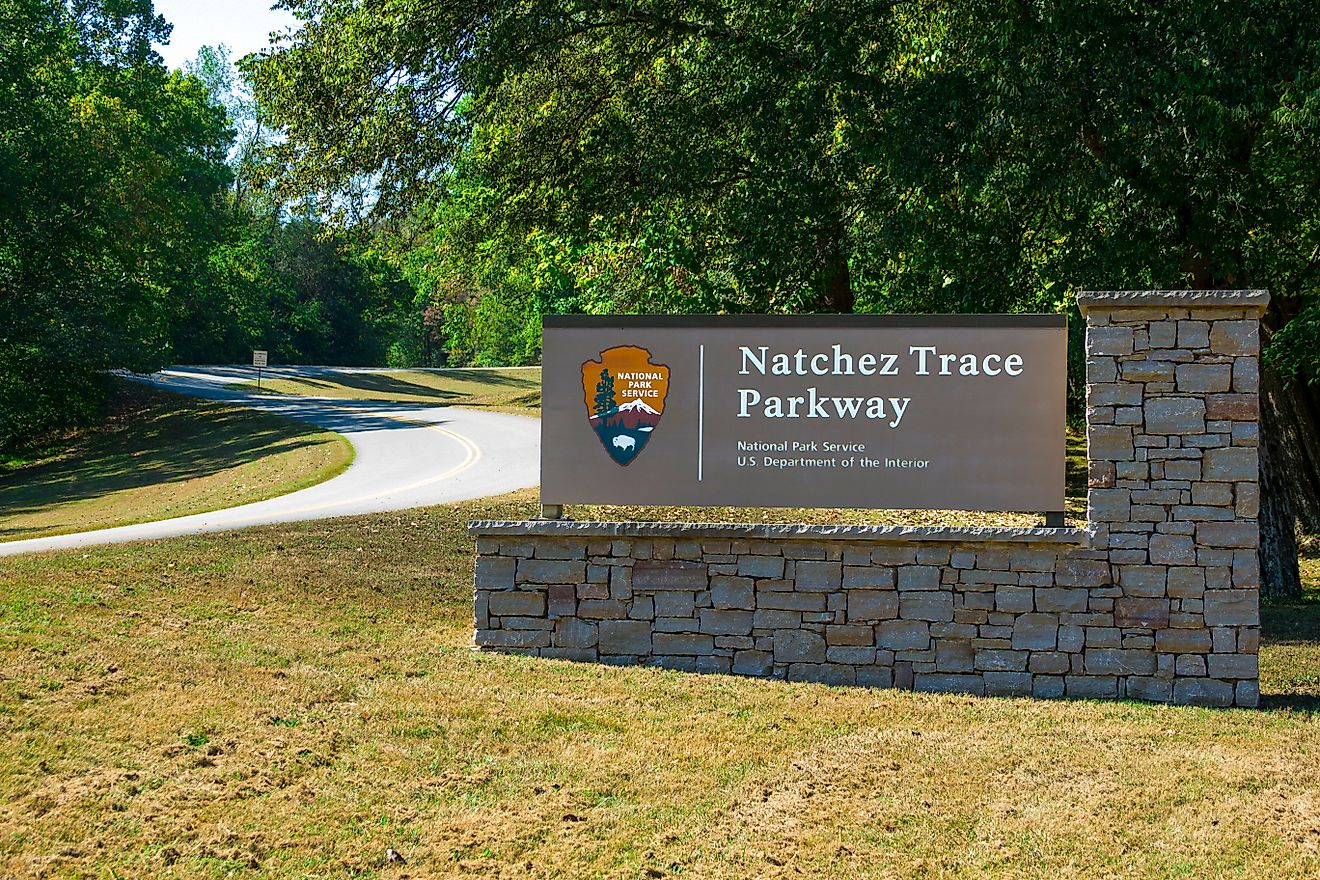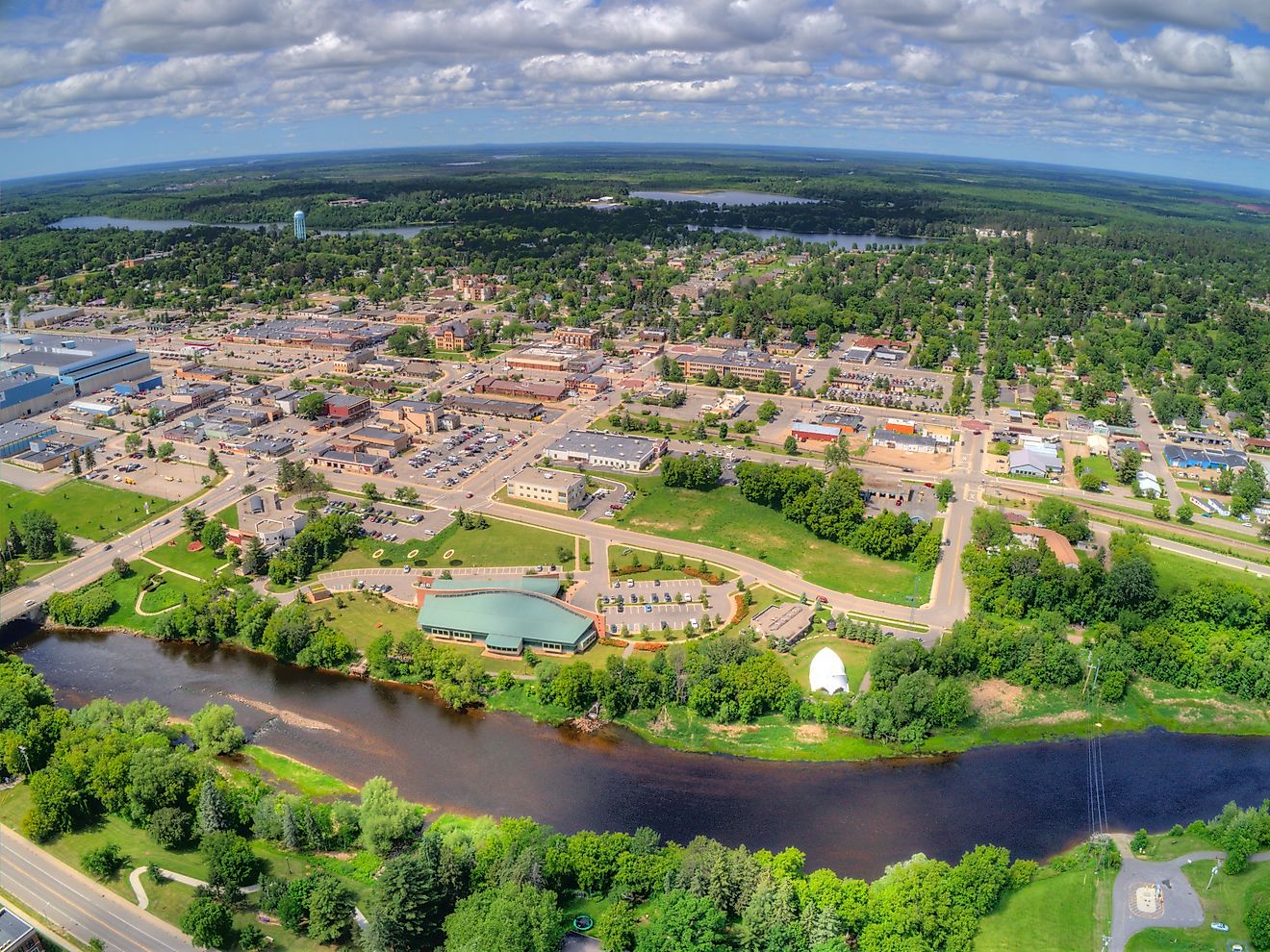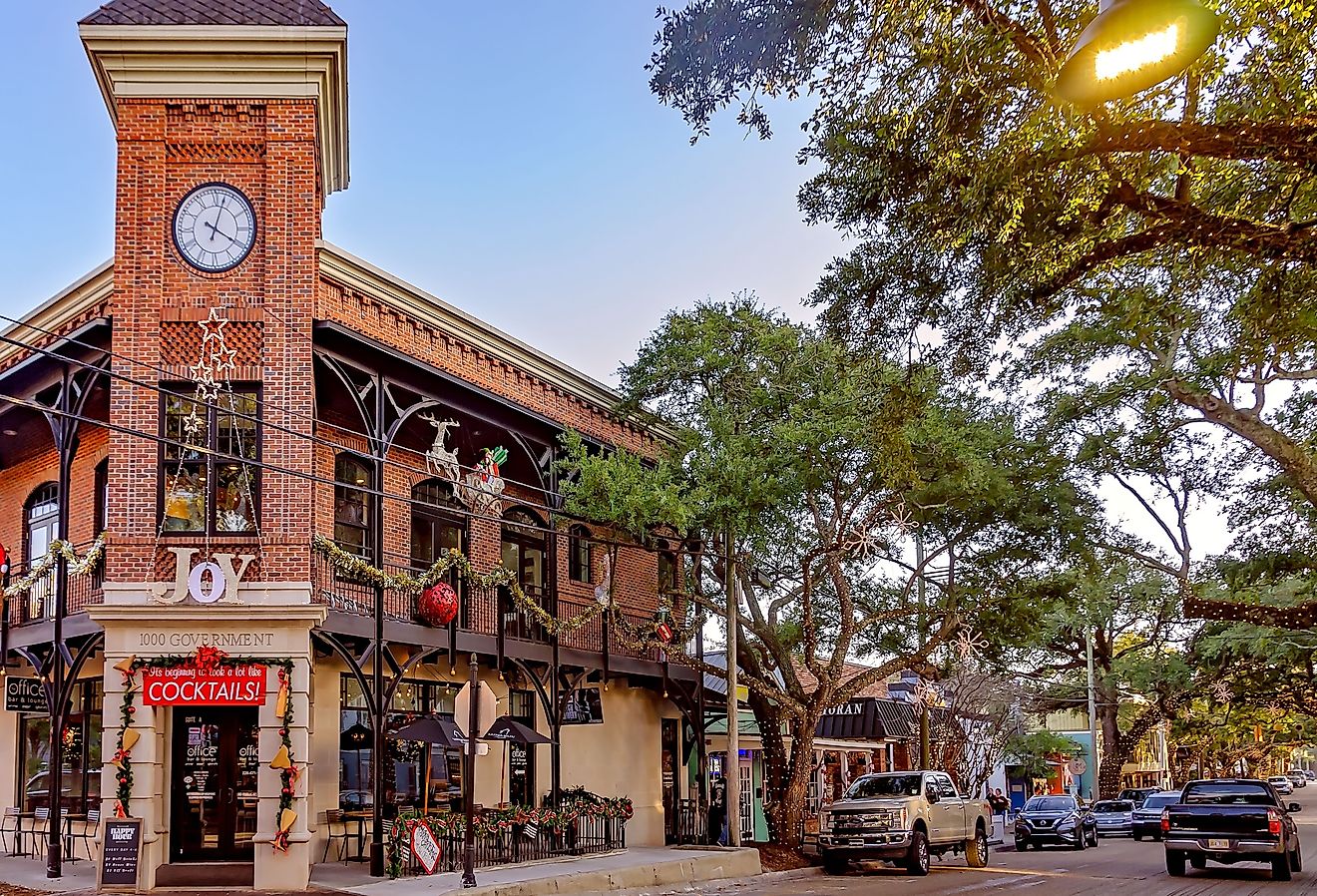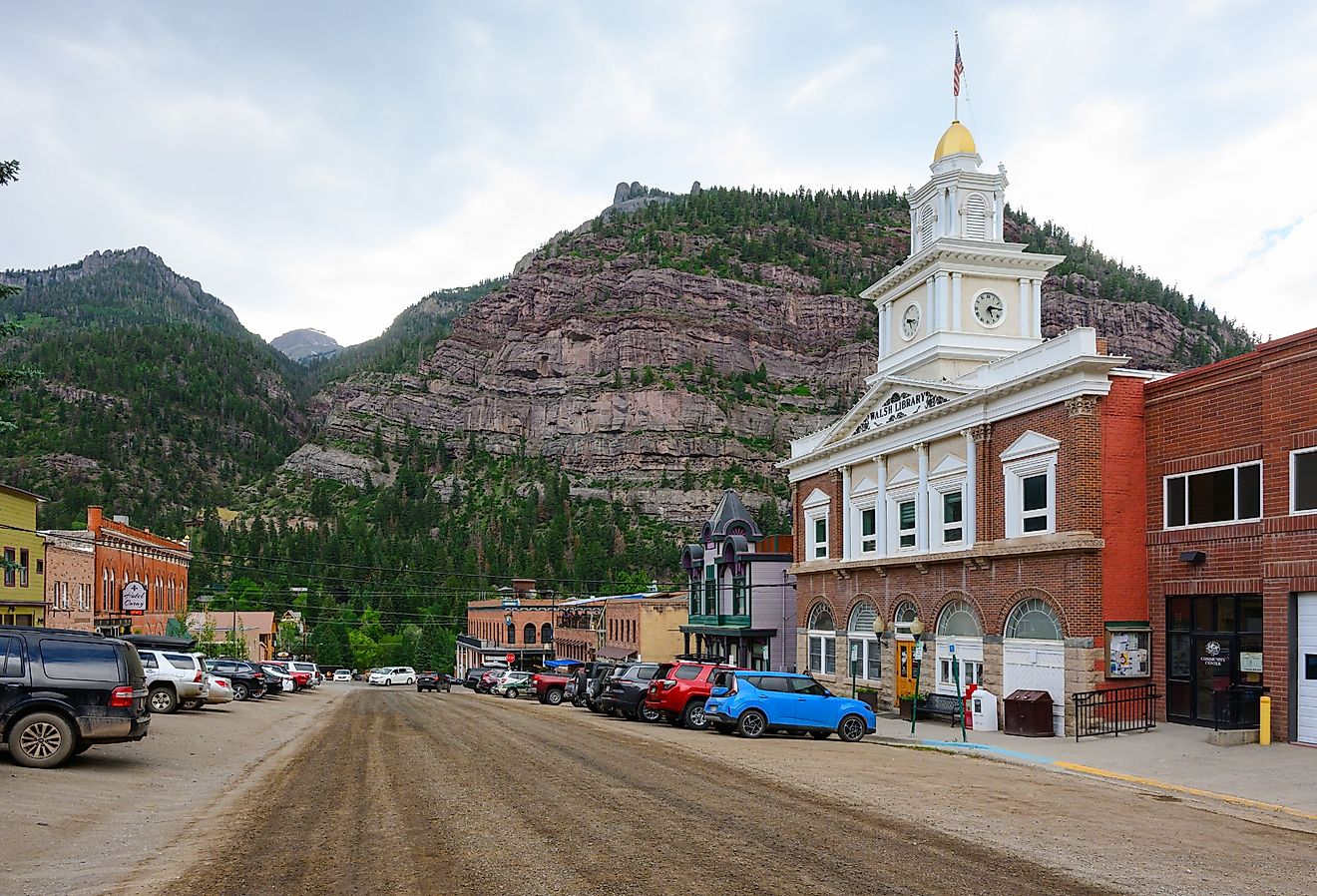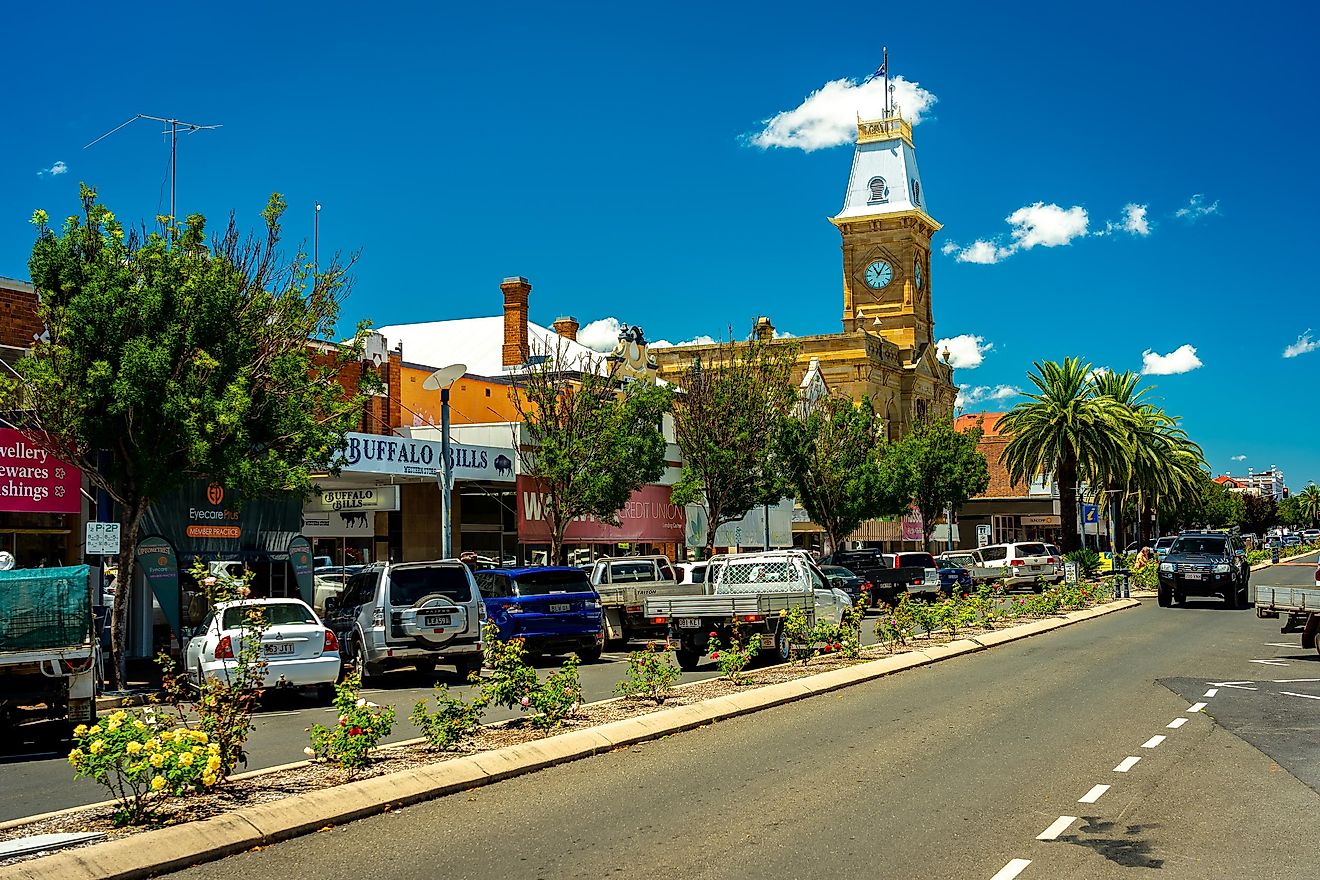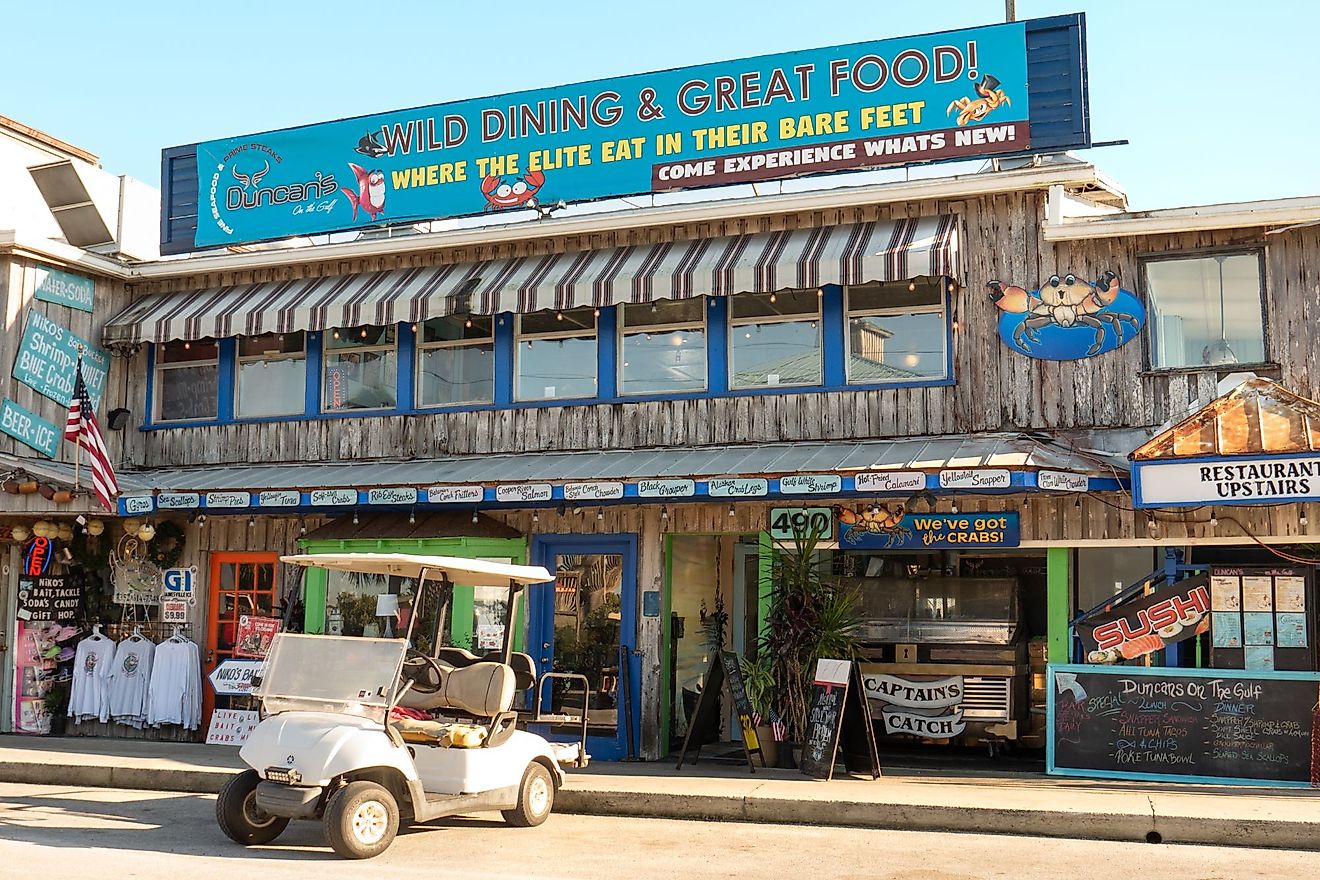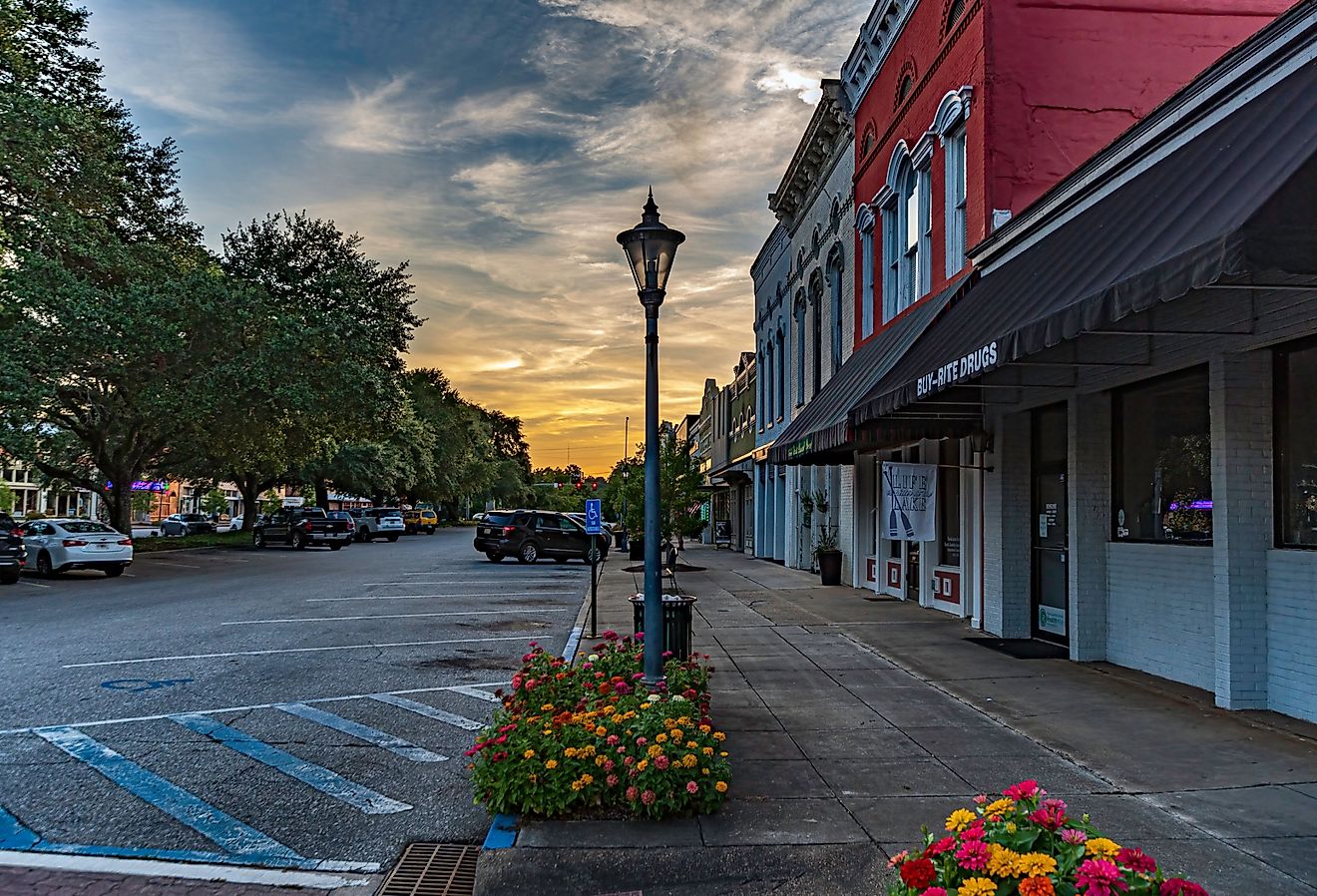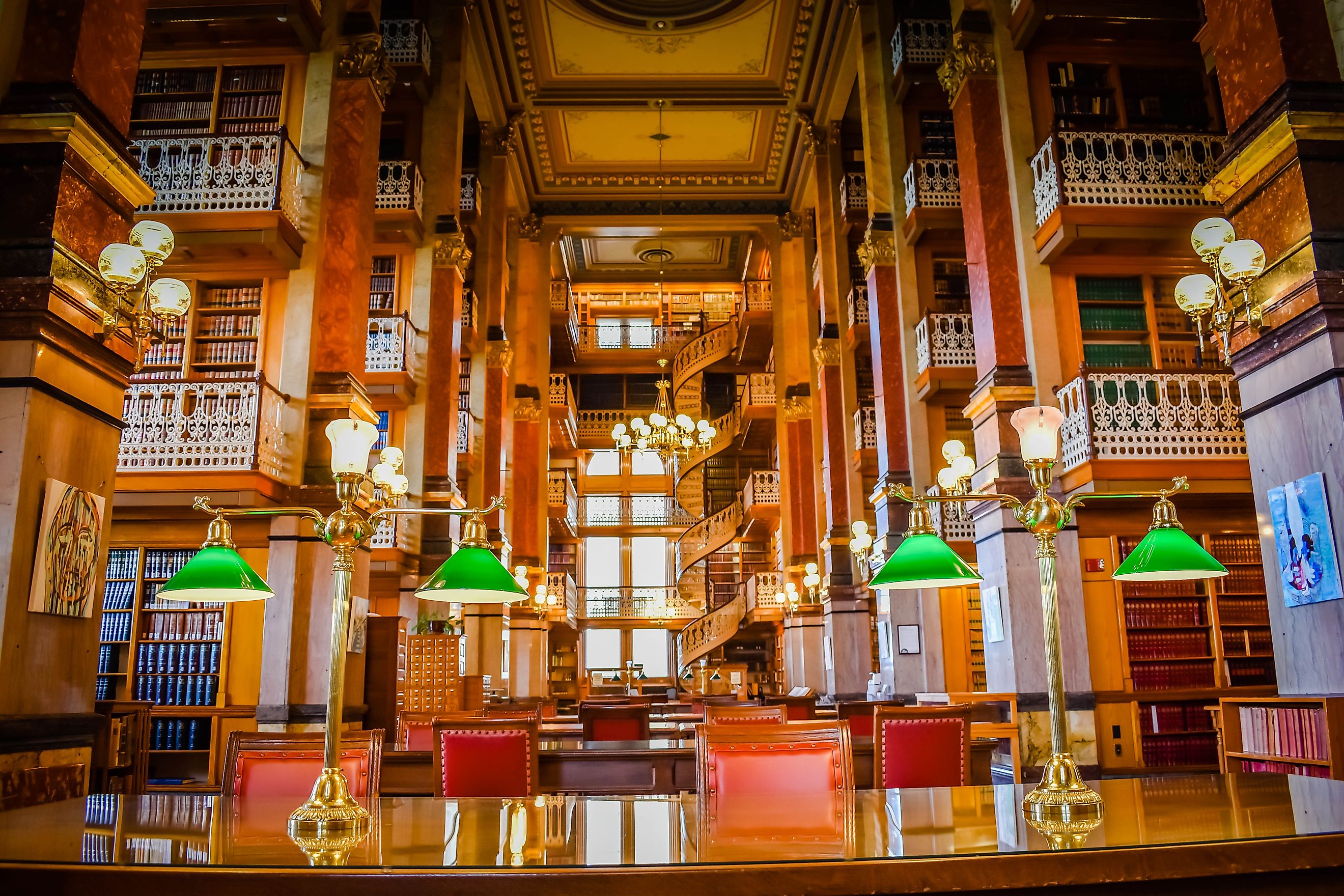
The Most Iconic Libraries in The United States
There is no greater feeling for book lovers than picking up a new book and getting lost between the pages. In the age of Netflix and smartphone technology, reading as a recreational activity appears to lag. But it remains one of the most important lifelong skills anyone can learn.
Throughout the U.S., iconic libraries filled with books await those who want to learn, improve their critical thinking skills, expand their imagination, and enhance their writing abilities.
If you can’t think of a better way to spend a day than wandering between tall bookshelves and reading in a beautiful, quiet environment, the following libraries should be on your must-visit list.
New York Public Library
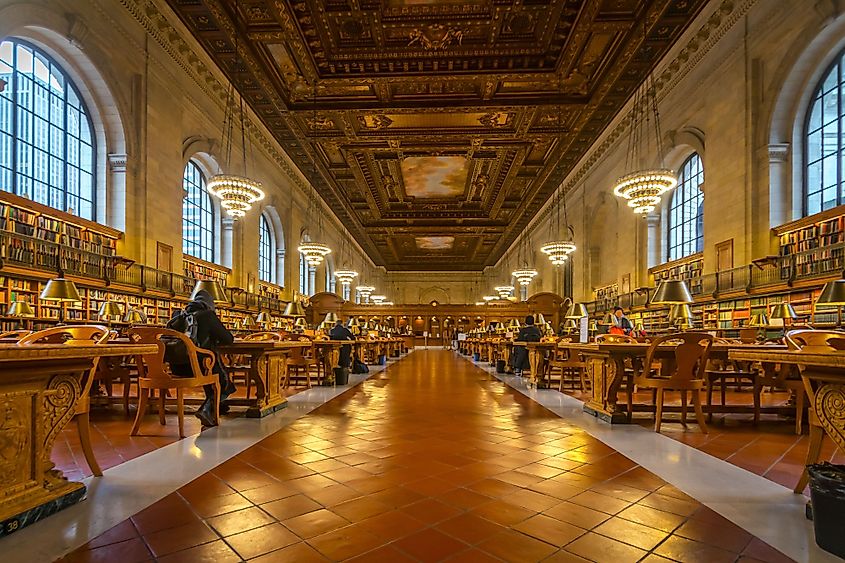
The New York Public Library (Stephen A. Schwarzman Building) holds 56 million books and other items. It is the second-largest public library in the United States and the fifth-largest public library in the world. The NYPL was founded in the 19th century as a combination of social and shared libraries. It has branches throughout Staten Island, Manhattan, and the Bronx, with its main branch (NYPL) designated a National Historic Landmark in 1965. It also received the distinction of New York City Landmark in 1967.
Before it was known as the NYPL, the library was called the Astor Library. When businessman John Jacob Astor died in 1848, he left $400,000 to establish a free reference library in New York City. This resulted in the founding of the Astor Library, which opened in East Village in 1849. As a closed-stack library, visitors could not borrow books directly. They had to request them from librarians and had limited access during daylight hours. Astor’s son, William Backhouse Astor Sr, and his grandson, John Jacob Astor III, continued to fund the library. They also donated land, rare manuscripts, and bequests.
However, by the 1890s, the Astor Library faced financial difficulties, and its trustees decided to merge it with the Lenox Library and the Tilden Foundation. Together, these three institutions formed the NYPL. Today, the flagship building is open daily to visitors who wish to read, study, or conduct research. If you visit the NYPL, you can explore your family history while searching for the perfect book to read. You can also walk through the library to explore the art and architecture. If you book an official tour, you will have access to the Rose Main Reading Room.
The library is divided into sections: General Research, Collection of English and American Literature, Map Division, and Local History and Genealogy. When you are done exploring this magnificent library, there is lots more to do in Times Square, 7 minutes away. You can also visit Bryant Park, just three minutes away, where you can watch an outdoor movie, ice skate for free in the winter, and enjoy free music and theater events.
Geisel Library
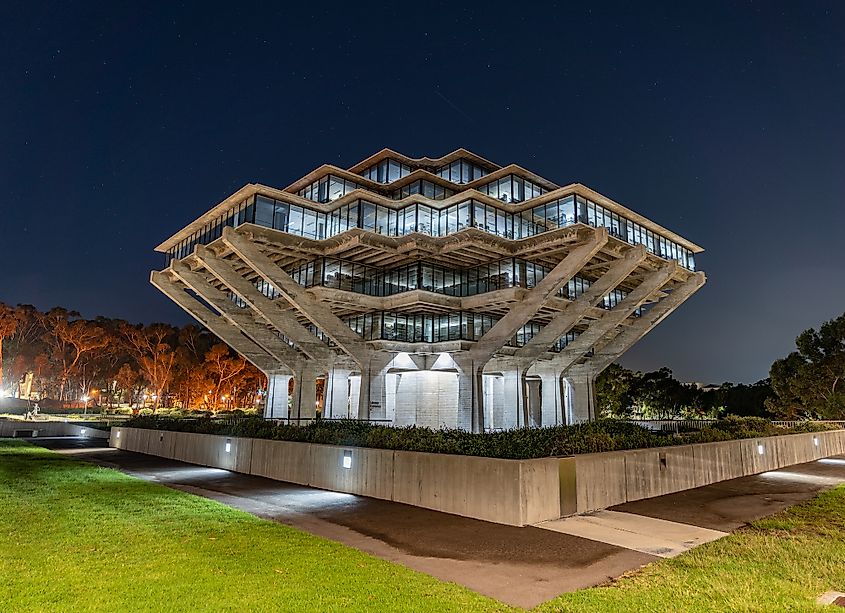
San Diego is home to the striking Geisel Library, the main building of the University of California, San Diego. The architecture follows Brutalist styling, and the structure has been named after Audrey and Theodor Seuss Geisel. The name is incredibly apt, considering Theodor is the author of the beloved Dr. Seuss books. Despite the library’s futuristic look, it has over seven million volumes of classics, modern books, and multimedia materials. Visitors will also find an extensive collection dedicated to the works of Dr. Seuss, including drawings, manuscripts, and sketches.
Melvin J. Voigt was appointed as the first librarian at the university in 1960 and served for 16 years. During his tenure, the campus library expanded from a resource for oceanographic information to a comprehensive research library with over a million volumes. By 1965, William L. Pereira & Associates was hired to design the university’s central library. The company chose the spheroid shape for its flexibility and to minimize reliance on elevators. While building plans were being discussed, the campus library purchased the Southworth Collection on the Spanish Civil War. Today, this is the most extensive library collection on the subject.
The foundation for the central library was laid in 1968, and construction was in full swing by 1969. The building opened in 1970, and more than 750,000 square feet were moved inside for student use. By 1973, it added one millionth volume, John Ogilby’s America. More librarians and collections were added to the fold, and a library expansion was approved in 1988. The first Dr. Seuss collections were donated in 1992, and in the same year, the library celebrated the acquisition of its two-millionth volume, The Nuremberg Chronicle. The library was renamed Geisel Library in 1995, and a pedestrian walkway was added to connect the library to campus facilities. Geisel’s 100th birthday was celebrated with a bronze statue in his likeness and the Cat in the Hat, erected at the library in 2004.
Today, everyone is welcome at the Geisel Library during service hours; however, study rooms and workstations are reserved for university students and staff. In addition to the collection of books, regular book displays and poetry reading events are held here. Several nearby attractions include the Scripps Coastal Reserve and the San Diego Air & Space Museum. The reserve is 10 minutes away from the library and stretches over 1,000 acres in La Jolla. There is much to experience here, including incredible sandy beaches, canyons, and bluffs. The museum is approximately 20 minutes away and is affiliated with the Smithsonian Institution. Here, the halls and exterior boast historical aircraft and spacecraft exhibits for everyone to enjoy.
Armstrong Browning Library
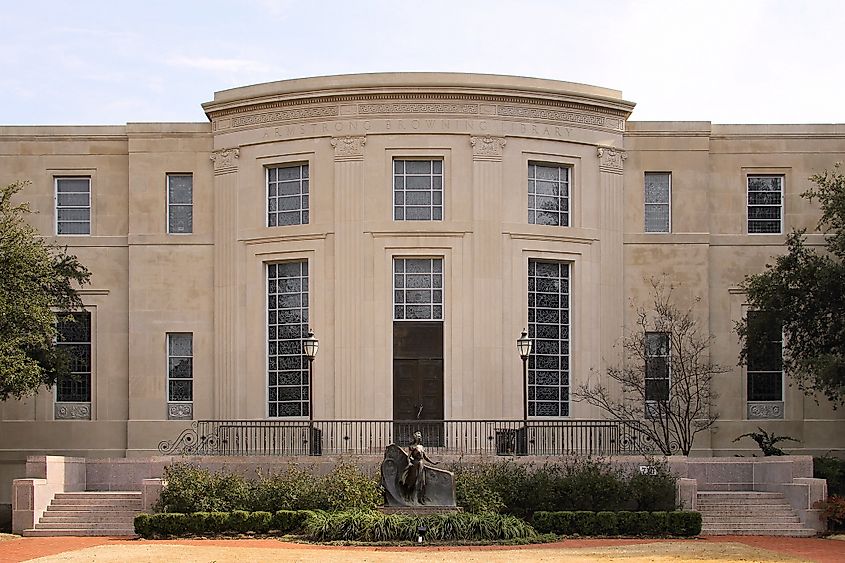
The Armstrong Browning Library on the Baylor University Campus in Waco, Texas, United States.
In 1918, the original collection of poetry works by Robert Browning and Elizabeth Barrett Browning was donated to Baylor University by Dr. A.J. Armstrong. The collection was housed in the Carroll Library, but after a devastating fire in 1922, it had to be relocated to a special room. Fortunately, none of the works were lost in the fire.
By 1925, there was no more room for the collection in its special room, but it was not until 1943 that Baylor President Patt Neff donated a new library. The Armstrong Browning Library building was dedicated in 1951, renovated in 1995, and refurbished again in 2012. In 2025, the library houses the most extensive collection of Brownings’ manuscripts, letters, books, and memorabilia worldwide. It also has a significant collection of materials relating to literature and culture in the 19th century. The library continues to expand its offerings by adding collections of 19th-century poets. It also holds the world's most extensive collection of secular stained glass.
The three-story Italian Renaissance-style building is situated on the campus of Baylor University in Waco, Texas. It features a ground-level entryway, reception area, and a large lecture hall and seminar room. Visitors can purchase trinkets from the gift shop before proceeding to the rest of the building. The Foyer of Meditation is one of the most incredible sights inside the library. The 45-foot dome is at the back of the main floor and is surrounded by magnificent red marble columns. Other must-sees include Elizabeth Browning’s writing table, letter tray, and a collection of valuable jewelry owned by the Brownings.
Three minutes from the Armstrong Browning Library is another special library, The Texas Collection. This library comprises a University Archive and research center that helps preserve materials documenting Texas history. Four minutes away is the Texas Ranger Hall of Fame and Museum. The Hall of Fame commemorates 150 years of Texas Ranger service, while the museum comprises six galleries dedicated to various periods and topics.
University of Iowa Law Library
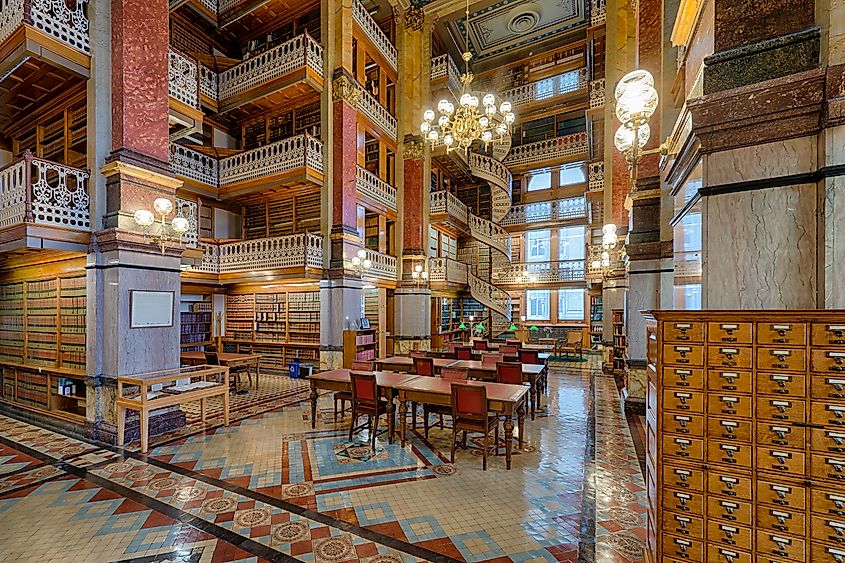
The Iowa Law School was founded in 1865. At the time, it depended on the State Law Library’s resources. In 1968, the Iowa Legislature gave the go-ahead for the Law Department of the State University. The Law Department moved into the Old Capitol Building in Iowa City. The department required legal resources, which led to the establishment of the University of Iowa Law Library. The library initially consisted of 525 books, valued at $2,000.
By 1882, the Law Library moved to the western wing of the Old Senate Chamber and occupied the entire chamber by 1891. However, there was still not enough room, so the Law School relocated to Gilmore Hall, and the Law Library occupied the third floor. A second tier of stacks was added when the library collection exceeded 30,000 volumes in 1924. This arrangement only lasted ten years, after which it became necessary to recreate a branch library in the Law Commons. In 1955, an annex was added to the Law Commons to accommodate the ever-growing volumes.
By 1961, the College of Law and the Law Library had moved into the new annex, the Law Building. The library expanded across two floors. It would take more than twenty years for the University of Iowa Law Library to find enough space in the Boyd Law Building. The library occupies more than half of the 200,000 square feet of floor space here. It has 111,000 feet of shelving designed to hold around 800,000 volumes. It also features a fire-protected room that safeguards its rare book collections.
In 1994, the library became one of the first law school libraries to reclassify all its volumes. Thanks to a rewiring project, students were allowed to access the Internet inside the library by 1999. In 2025, the Law Library serves the Law College and the University. It is ranked among the top law libraries in the United States and is open to the public. The collections are now spread over four floors, with the Rare Book Room on the third floor. The Law & Popular Culture section, among other collections, is on the second floor. The audiovisual and microform section is on the first floor.
There are several additional attractions on the University of Iowa's campus. These include the Old Capitol Museum and the University of Iowa Museum of Natural History. Off campus, around six minutes away, is the Plum Grove Historical Site. On this site stands the home of Iowa’s first territorial governor, Robert Lucas. Twenty minutes away in Iowa City is Wilson’s Orchard and Farm, where visitors can pick fruit and vegetables for a different outing.
Library of Congress
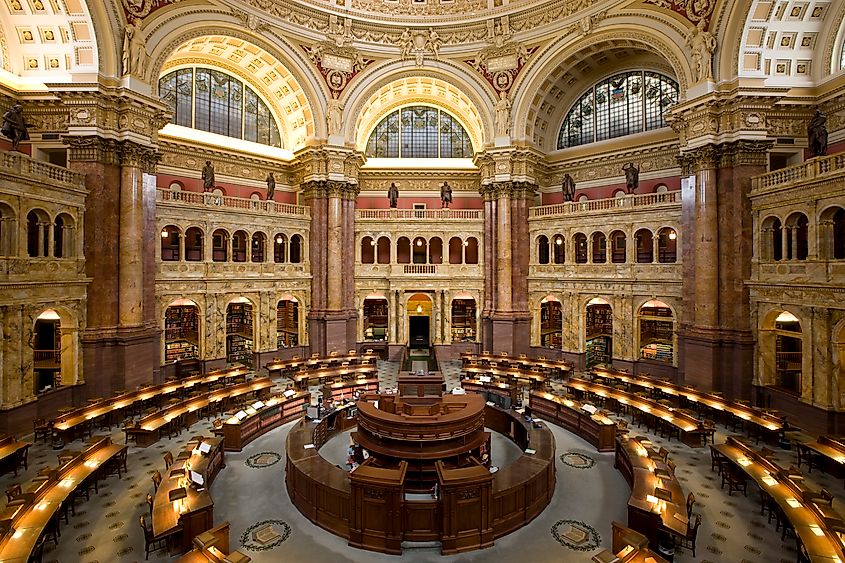
The Library of Congress is America's oldest federal cultural institution, founded in 1800. It is a significant research library in Washington, D.C., serving as the library for the United States Congress. At the same time, it is the de facto national library of the U.S, administers copyright law, and is home to the Congressional Research Service.
The Library of Congress spans three buildings on Capitol Hill and is overseen by the Librarian of Congress. Unlike other libraries, the LC does not focus on one subject or topic. It holds research material from around the world. President James Madison proposed the idea of a congressional library in 1783, but lacked the necessary support to realize the project. The Library of Congress was finally established on April 24, 1800, when John Adams signed an act of Congress. There was only $5,000 available to buy books, so the library started with a collection of 740 books and three maps.
In 1814, British forces burned down several government buildings in Washington, D.C., including the Library of Congress. The fire destroyed more than 3,000 volumes. A month later, Thomas Jefferson sold his library to help rebuild the congressional library’s collection. Jefferson’s collection consisted of 6,487 books and was valued at $23,950. Unfortunately, another massive fire 1951 destroyed over 35,000 books, including two-thirds of Jefferson’s collection. The lost books were replaced, but 300 replacement works in Jefferson’s collection could not be found.
The Librarian of Congress, Ainsworth Rand Spofford, advocated for a comprehensive collection of American publications. Congress and the American public would use the books, but they would need to be housed in a separate library. The building began in 1873, and the largest of its kind, the Italian Renaissance-style library, opened in 1897. The library was officially named the Thomas Jefferson Building in 1980. Herbert Putnam served as librarian from 1899 to 1939 and introduced library outreach beyond Congress. He established the Legislative Reference Service and oversaw the construction of the John Adams Building. The new building was meant to accommodate growing collections.
By 1975, book collections had grown to 17 million, and that same year, the American Folklife Center was introduced. The first computer arrived in 1964, MARC cataloging began in the 1970s, and the first library website was launched in 1993. Today, the Library of Congress is the most extensive worldwide, with more than 170 million items. These include books, manuscripts, photos, maps, and video games. The library adds around 10,000 items to its collections every working day.
The smallest book in the library is titled ‘Old King Cole’ and is 1/25” by 1/25”. The largest book is 5 feet by 7 feet and features massive images of Bhutan. The library’s collections include one of the oldest examples of printing, passages from a Buddhist sutra, housed in the Asian Division. The division is also home to the oldest written material, a cuneiform tablet dating to 2040 B.C.
Other fascinating items include the Gutenberg Bible, an incredible visual record of the Civil War, the most comprehensive collection of American music, and the most extensive cartographic materials. For those who love comic books, the Serial and Government Publications Division also contains the world’s most comprehensive collection of comics. The oldest is titled “Popular Comics” and dates to February 1936.
Those who don't spend their entire day at the library can also tour the nearby area, including the U.S. Capitol Building or the U.S. Supreme Court. Just two minutes away is the stunning Folger Theatre, where visitors can enjoy Shakespearean plays.
America’s iconic libraries help unite communities, satisfy curiosity, and produce creativity. Within their halls, people find the information they need to solve problems and connect with other like-minded library enthusiasts.
Whether you need inspiration, complete a project, or conduct research, libraries should be your point of call, even in the age where reading technology is at your fingertips.
